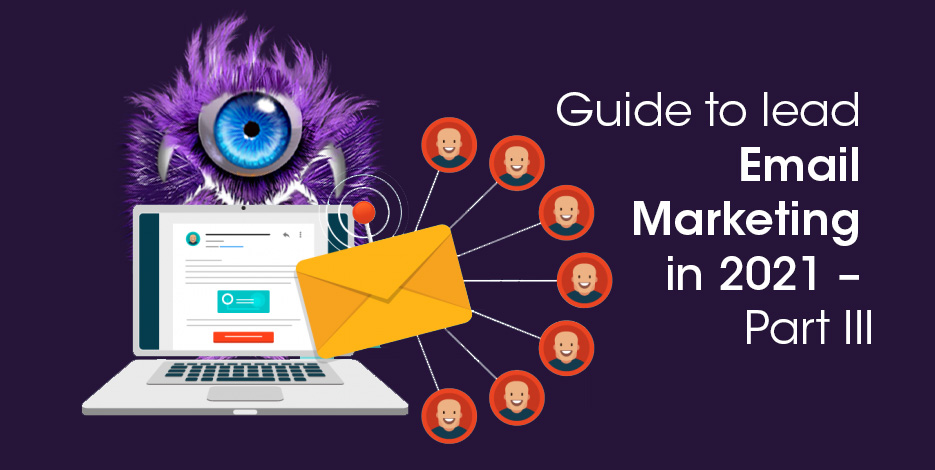On this occasion, we will explain in detail how to avoid falling into the spam tray when sending the emails of the Email Marketing campaign that your company is leading. This way, you can make sure you get straight to your subscribers’ inbox.
One of the main fears of people who are dedicated to Email Marketing is the famous Spam tray since they cause that, the fact that the content prepared by our team ends here, means that all our effort may not pay off.
However, there are recommendations that will help us avoid being read as Spam and that will help our company to achieve its objectives
Here are some helpful tips.
How to avoid falling into the spam tray in an Email Marketing campaign?
Before we begin, we must clarify that avoiding falling into the spam tray requires the joint effort of your content creation and software analysis team. Since when we talk about Anti-Spam filters for email inboxes, we are talking about configuration and HTML code.
Recommendations for working with your content creation team:
- Avoid using capital letters with a commercial tone. Words like: “BUY NOW !!” they should be definitively excluded from the content that your team produces. Why? Because Anti-Spam security filters will read this content as invasive or misleading advertising.
- Put a company email in the sender section. This is important so that your domain can be verified and read as safe. For example, configure the “From: marketing@leasein.pe” as the sender of Leasein communications.
- If it is feasible for you, add a proper name in your sender section since Anti-Spam filters favor the names of natural persons over those with the first name “Advertising” in the delivery section.
- Beware of the excessive use of images in your Email Marketing campaign. Since the security filters will interpret the images as excess advertising and will send you directly to the Spam tray.
Recommendations for working with your software analysis team
- Put emphasis on the HTML code of the template that is being used to send your company’s communications. If this is very weak, the Anti-Spam filters will classify the email that has been sent as high risk. And with that, your message will be trapped in other highly commercial dye promotions in the Spam tray.
- Review the security standards of the platform that is used to send emails. There you will find in detail the authentication process with which the interface you have chosen works.
- Keep in mind to ask your software development or analysis team to review the settings of the DKIM (DomainKeys Identifies Mail) and SPF (Sender Policy Framework) records of the platform in charge of sending the emails you use. This may sound confusing, but basically these two types of records identify the domain from which the email is being sent and its level of security. If your domain is qualified as safe, you will be sent to the inbox. If not, your content will be sent to the Spam tray.
- Beware of falling into SenderBase, the largest email monitoring database on the internet. Basically if you are in it, your email will be cataloged by Anti-Spam filters as unwanted content and your emails will never reach the inbox. For this reason, it is important to pay your full attention every time a user marks your content as Spam and take care that these figures do not increase. On the contrary, try to reduce this percentage as much as possible since the excessive reporting of your emails as Spam, will lead you to the SenderBase database.
- Take care of the IP of the equipment you use to send your emails. If previously the device from which your communications are sent has been repeatedly reported, it may be that the IP of this is within the database of the main Anti-Spam filters. In these cases, it is advisable not to use these equipment for future shipments.
After having mentioned each of the aspects of an Email Marketing campaign in detail: from the process of segmentation of an audience to the moment of sending and monitoring as well as tips to avoid falling into the spam tray, one last recommendation that we What remains to be done is that you can carry out service surveys on a regular basis.
It is important to consult the user if he considers that the content you send him is useful. Since in this way, you will be able to effectively align the aspects to improve within the campaign prepared by your team as well as to see what is and what is not.

